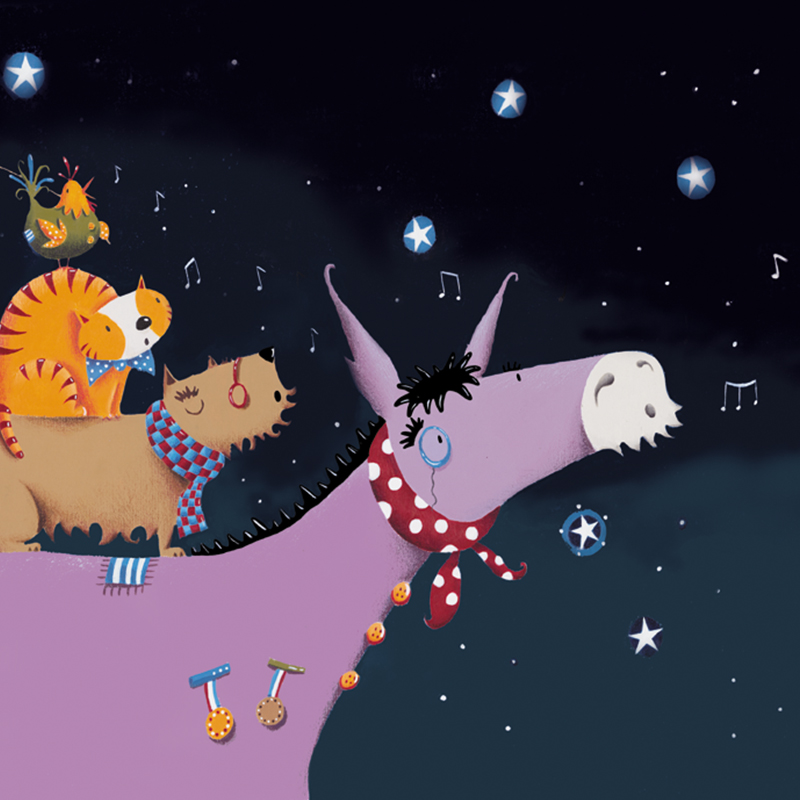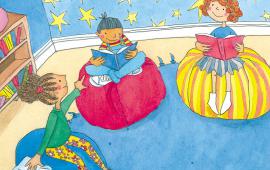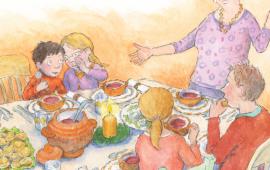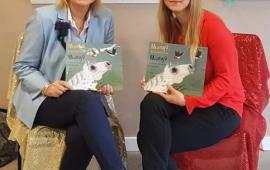Sing something simple – using songs for language learning
What’s the first nursery rhyme you remember learning in your native language? Chances are, it was set to music, whether it was a version of Frere Jacques or Twinkle, Twinkle Little Star.
Songs make an excellent teaching and learning tool for all kinds of subjects, including foreign language learning or English as Another Language. Even for adults, putting prosaic things like shopping lists or task lists to a familiar tune can also be a great way to remember what you need to do.
Every language has its own rhythm, and songs are a great way to teach this. They can also be used to teach cultural points, or scientific facts – hands up, who knows the colours of the rainbow thanks to the song “red and yellow and pink and green, orange and purple and blue”? And whatever your native language, “head, shoulders, knees and toes” makes a sweet song with actions. That’s before we even start with “Dem Bones” or “The Skeleton Dance” where the neck bone's connected to the backbone, and so on.
Rounds, like “London’s Burning” or “Frere Jacques” can be used to teach harmony and working in groups, as different rows or tables of learners in the class join in, and there are numerous songs to teach numbers, particularly one to ten. “There were ten in the bed and the little one said” has helped pass many a long car journey. From a practical point of view, starting the lesson with a song can also help learners relax (once the giggling is over), and since music can often bridge the gaps between languages, it can help reinforce the idea of working in groups or as a team.
So here are just a few ideas on how songs can be used in the language classroom.
Further Reading
Unless otherwise stated, all websites and links were accessed on Monday 29 July 2019
Songs make an excellent teaching and learning tool for all kinds of subjects, including foreign language learning or English as Another Language. Even for adults, putting prosaic things like shopping lists or task lists to a familiar tune can also be a great way to remember what you need to do.
Every language has its own rhythm, and songs are a great way to teach this. They can also be used to teach cultural points, or scientific facts – hands up, who knows the colours of the rainbow thanks to the song “red and yellow and pink and green, orange and purple and blue”? And whatever your native language, “head, shoulders, knees and toes” makes a sweet song with actions. That’s before we even start with “Dem Bones” or “The Skeleton Dance” where the neck bone's connected to the backbone, and so on.
Rounds, like “London’s Burning” or “Frere Jacques” can be used to teach harmony and working in groups, as different rows or tables of learners in the class join in, and there are numerous songs to teach numbers, particularly one to ten. “There were ten in the bed and the little one said” has helped pass many a long car journey. From a practical point of view, starting the lesson with a song can also help learners relax (once the giggling is over), and since music can often bridge the gaps between languages, it can help reinforce the idea of working in groups or as a team.
So here are just a few ideas on how songs can be used in the language classroom.
- Just for fun (this is often our favourite). We all know one of the best ways to learn anything is by playing and/or practising. Songs can help with listening and pronunciation.
- Depending on the age of the pupils, draw up a bingo grid and get them to listen for particular words.
- Have worksheets with lines from the song with words missing, and get the pupils to fill in the blanks. For younger learners, you could use picture choices with a tick box.
- Cut up the lines of the song and get students to put the song in the right order – this one works quite well for pair work.
- Get learners to listen to lines of the song and write out the words of a line, or a verse, or even the whole song, depending on time available and the learners’ language level.
- If you’re working with groups of bilingual or multilingual children, ask them to translate some of the words of the song into their mother tongue and share with the class as a whole. For older learners, see how much of the song they can translate.
Further Reading
Unless otherwise stated, all websites and links were accessed on Monday 29 July 2019
- Ludke, K. M. (2010), Songs and singing in foreign language learning, A thesis submitted in fulfilment of requirements for the degree of Doctor of Philosophy, The University of Edinburgh, https://www.era.lib.ed.ac.uk/handle/1842/5500
- Mageau, M. (2016), Foreign Accents in Song and Speech, A thesis submitted to the Faculty of Graduate and Postdoctoral Affairs in partial fulfillment of the requirements for the degree of Master of Cognitive Science, Carleton University, Ottawa, Ontario,
https://curve.carleton.ca/system/files/etd/c7f33ba3-b6e8-4a04-b83b-7c155e64a85f/etd_pdf/0c10dc676a1401510ae8e69e7ddc5bc6/mageau-foreignaccentsinsongandspeech.pdf - Simpson, A. J. (2015), How to use songs in the English language classroom, British Council, 4 March 2015, https://www.britishcouncil.org/voices-magazine/how-use-songs-english-language-classroom
Related Posts
-
Banking on the late August bank holiday - just how did bank holidays begin, anyway?
-
Translating or translanguaging? Helping multilingual pre-schoolers communicate - research from the Victoria University of Wellington
-
Ten Tips to Help Your Child Adjust to Life in a New Country
-
Early to bed, early to rise, makes [us all] healthy, wealthy and wise.
-
Silence in the library? How wordless books are helping to heal Lampedusa
-
What do you mean, it's mensis Sextilis? What have the Romans got to do with August?
-
How does Christmas sound to you? The noises, tastes and textures of the festive season
-
How to help your bilingual child speak your first language
-
From A to E – why the first five letters of the alphabet are so important when it comes to vitamins
-
Writers, Illustrators and Critics of the Future - Mungo Makes New Friends at Dundee Polish School













